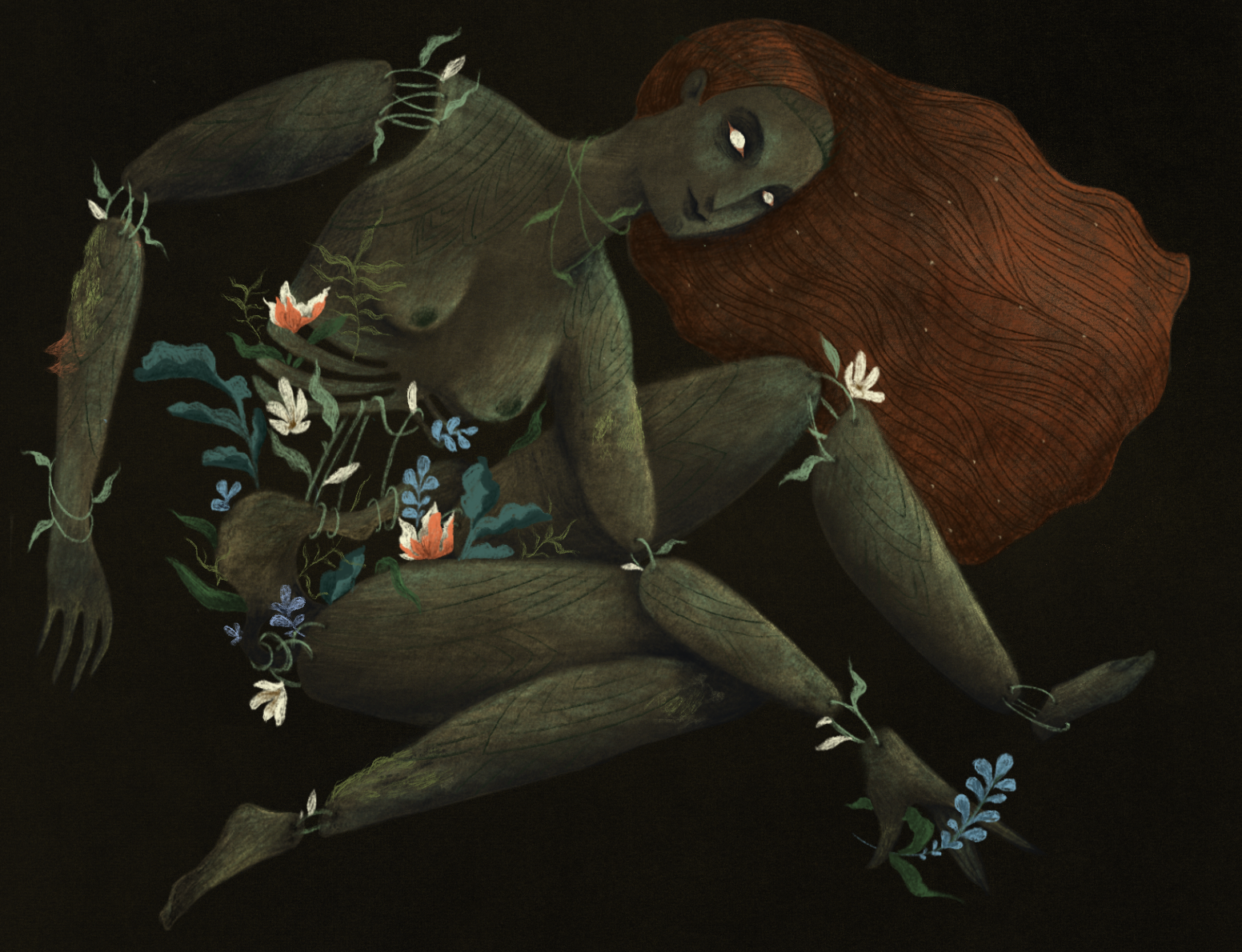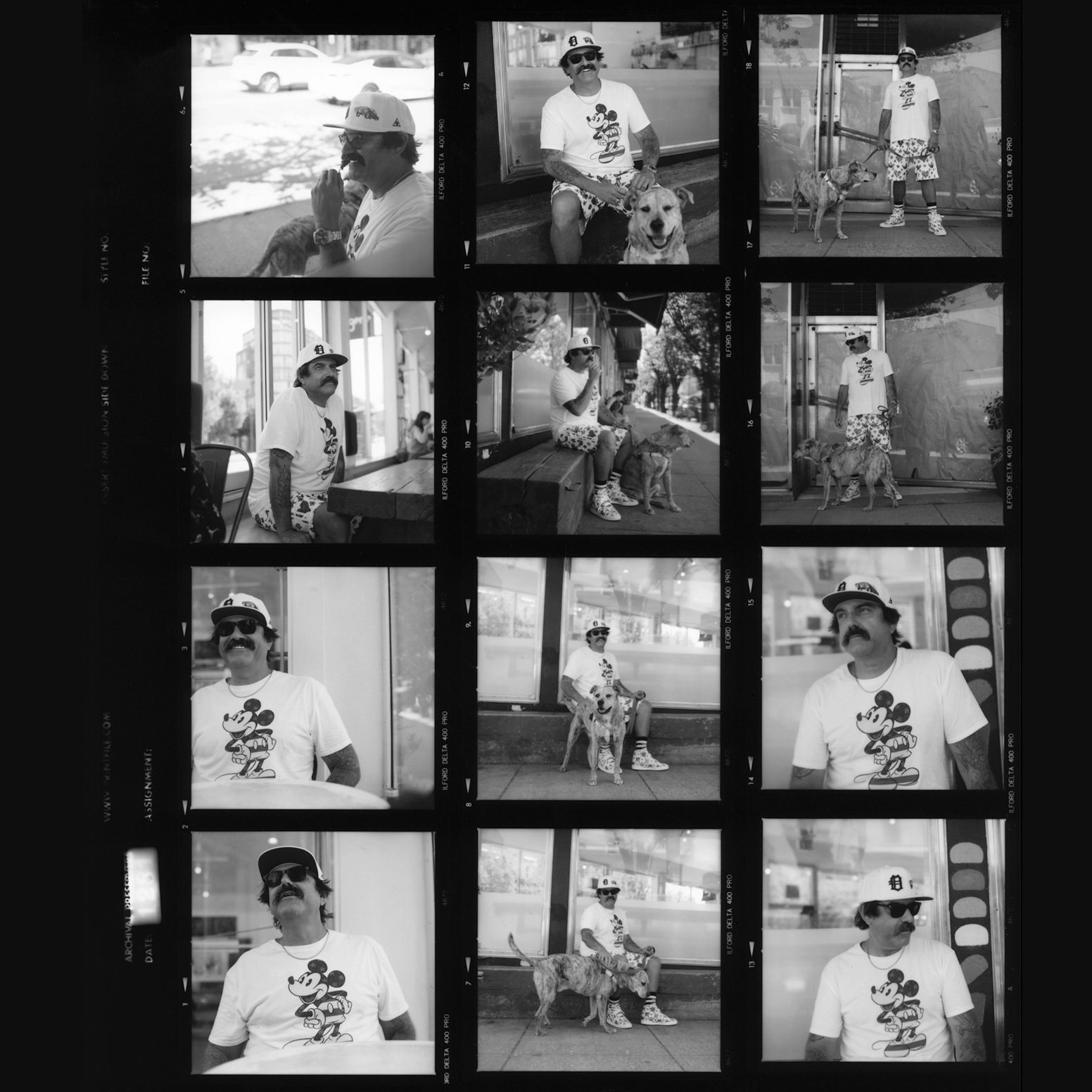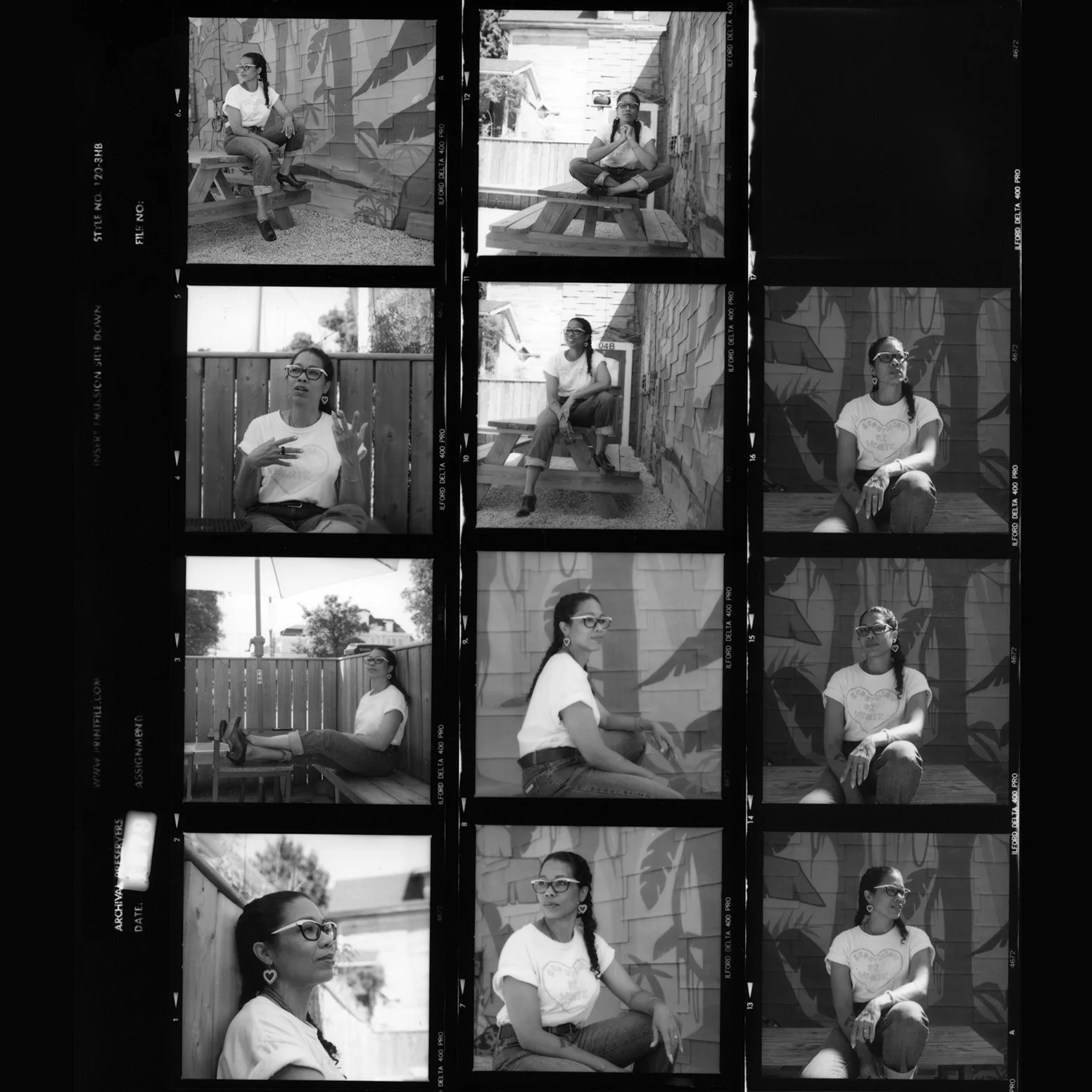Weaving and Resisting on the Foreshore
/“Weaving represents relational bonds,” Vanessa Kwan, Program Director of Vancouver’s grunt gallery, says of the inaugural year of programming at the Blue Cabin Floating Artist Residency. “It represents cultural protocols. It is a kind of constitution.”
The cabin will soon grace the foreshore of False Creek as of August 25, and the 2019-2020 programming year will see four residencies by Indigenous artists from Turtle Island and Australia. The theme of the year, Skeins: Weaving on the Foreshore, focuses on Coast Salish weaving practices.
August 25 also marks the Blue Cabin open house, where the public is invited to tour the cabin every 15 minutes, from 11:30 a.m. to 5:30 p.m. at the Plaza of Nations in False Creek.
The Blue Cabin on the dry dock. Photo by Henry Robideau.
Squamish artists Buddy Joseph and Janice George will reside at the cabin together in February and March 2020, doing research, teaching weaving, and working on their ongoing projects.
For Joseph, weaving holds an essential role as a tool for storytelling, ceremony, and spirituality. It is a foundational practice not only in the arts, but in Indigenous cultural recovery.
“In the Squamish nation, we have one weaver, and he wasn’t teaching,” Joseph says.
“We always like to share the technology because people will understand what it takes to weave and be a weaver, and what the weaving means to us,” George adds. “The energy, the feeling of doing it, the feeling of wearing it, the feeling of gifting it. These are the things that are so important to our people.” George feels connected to the cabin because its new floating home is in the region of her family’s chieftainship.
The two have been teaching weaving since 2004 as a tool for both Indigenous cultural recovery and cultural competency for the general public.
“Our elders have told us what we can share with the public and we share as much as we can,” George says.
According to Kwan, one of the goals of this residency is to offer a way to look at the city differently.
“The cabin has always existed on the outskirts of what people consider to be ‘the city,’” Kwan says. “That vantage feels like a really exciting moment to consider what the city is, and what it means to be invited outside of things.”
According to Kwan, the cabin has always been a structure that resisted ownership. The cabin was originally built in 1927, and since then has been stewarded by many people over the years, including working families, marine workers, and artists. After it’s previous stewards were evicted in 2014 in the face of incoming condo development, grunt gallery, Other Sights for Artists’ Projects, and Creative Cultural Collaborations (C3) came together with this vision to save the cabin.
“One of the things that was really clear to us ... (was) that if we’re going to speak about the history of the city, then we have to begin, of course, with the host nations,” Kwan says of the conception of Skeins.
“The idea has always been to put it back on the water and to provide a truly unique experience for artists and the public,” she adds. “grunt has always tried to make opportunities for artists that will support them in the ways they need to be supported, and in Vancouver it’s very clear that artists need more places to make work.”
In a similar fashion, the foreshore resists the traditional real estate market. This space between the low and high tide is where squatters would often live, because it is outside the jurisdictional boundaries of the city.
“It’s the part of the land that can never be owned,” Kwan says.
Angela George, Debra Sparrow, and Vicki Couzens are the other three artists that will reside at the Blue Cabin throughout the year. All the artists will host open studio days where the public can come see what they’re working on, and attend workshops and artist talks. Check out the full program to see all the exciting dates for the year.
If you’re an artist who’s interested in residing on the foreshore, keep an eye open this fall for the 2020-2021 call for submissions.


















